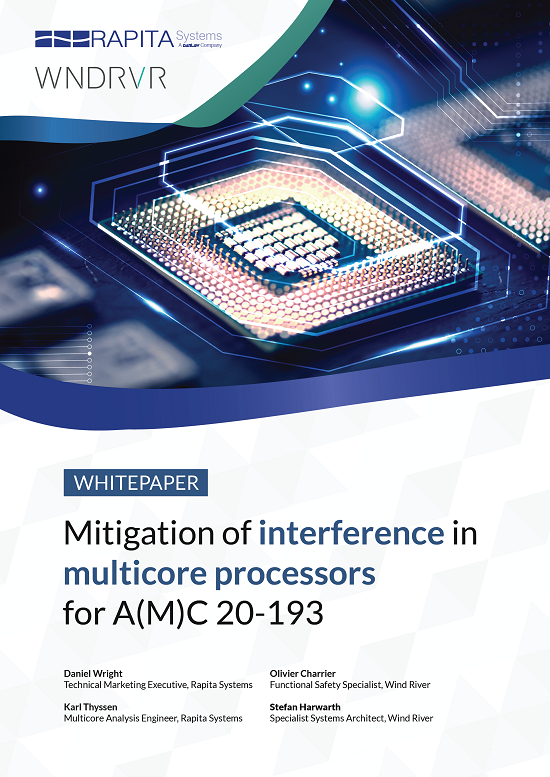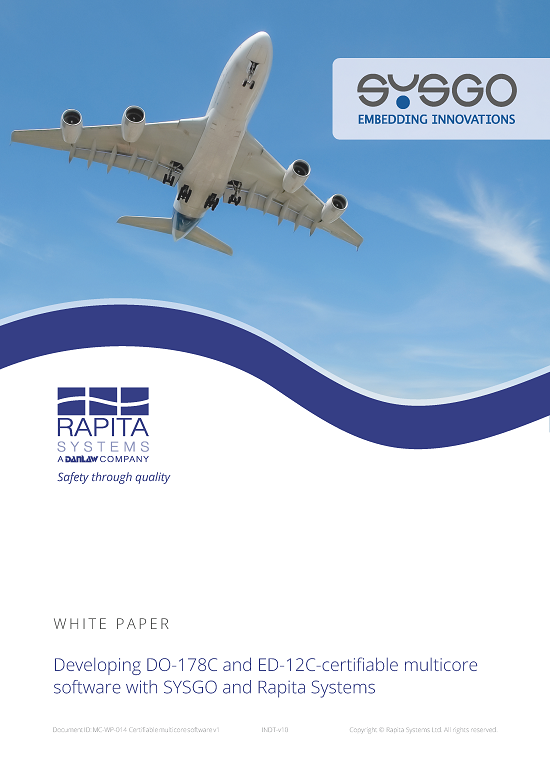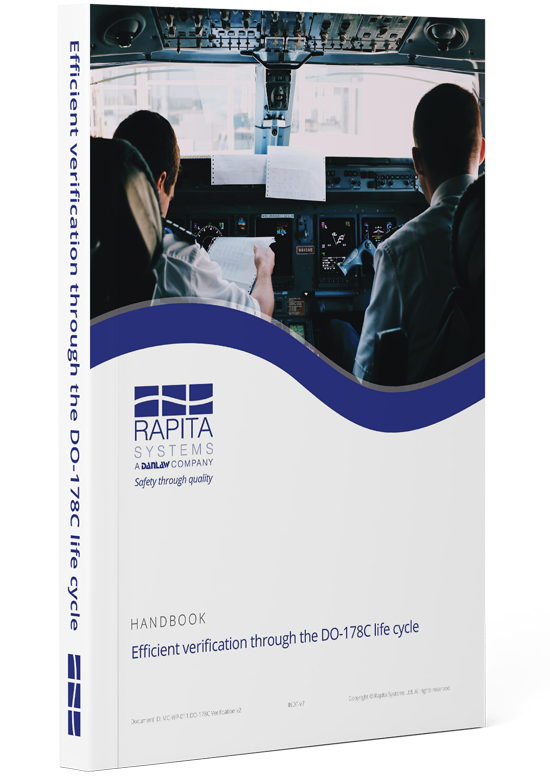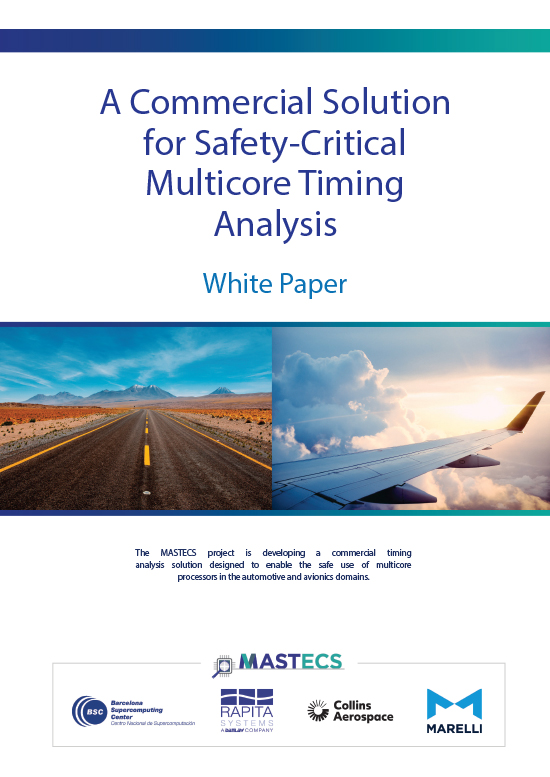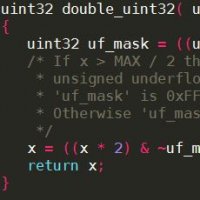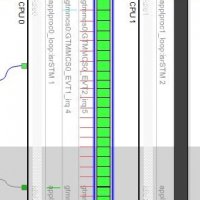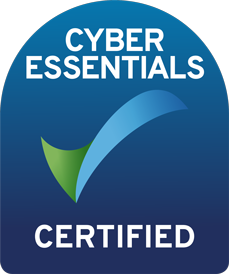To ensure a successful optimization project, here are three vital things that you might not have thought about before.
- Good information
- Worst case focus
- Project planning
Let's look at these briefly before we return to them later in more detail.
- Good Information: In embedded programming, it's notoriously difficult to see what's actually going on. Yet, to avoid wasting your time during an optimization project, you need to know precisely where the problems are, what the gain is and when to stop.
In the embedded world, it's especially hard to measure how long things take to run. Before long, it's easy to get lost in a maze of interrupts, context switches, measurement errors, overheads and data logging issues. Of course, these are issues that we now know how to handle; with a bit of good tool support, getting good information can be an automatic process.
- Worst cases focus: If your aim is to reduce your execution time budget (without reducing your reliability!) then you need to ensure that your longest times fit into the timing budget regardless of what your average case times do. The average case times are irrelevant.
To put it another way: if you spend time optimizing your most frequently executed code, but which is not on the worst case path, then you're wasting your time; the longest execution time hasn't changed significantly so the timing budget for that application cannot be reduced.
- Project planning: If you were going to add a feature to a product, where do you begin? Clearly, you begin with some project planning: objectives, times, costs, risks. You don't begin at the source code.
If you embark on an optimization project to change the implementation of a feature, use the same project management discipline. Don't dive in head first; instead, think about your objectives, how much it's going to cost, the risks, and so on.

 Rapita System Announces New Distribution Partnership with COONTEC
Rapita System Announces New Distribution Partnership with COONTEC
 Rapita partners with Asterios Technologies to deliver solutions in multicore certification
Rapita partners with Asterios Technologies to deliver solutions in multicore certification
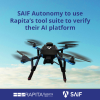 SAIF Autonomy to use RVS to verify their groundbreaking AI platform
SAIF Autonomy to use RVS to verify their groundbreaking AI platform
 RVS gets a new timing analysis engine
RVS gets a new timing analysis engine
 How to measure stack usage through stack painting with RapiTest
How to measure stack usage through stack painting with RapiTest
 What does AMACC Rev B mean for multicore certification?
What does AMACC Rev B mean for multicore certification?
 How emulation can reduce avionics verification costs: Sim68020
How emulation can reduce avionics verification costs: Sim68020
 How to achieve multicore DO-178C certification with Rapita Systems
How to achieve multicore DO-178C certification with Rapita Systems
 How to achieve DO-178C certification with Rapita Systems
How to achieve DO-178C certification with Rapita Systems
 Certifying Unmanned Aircraft Systems
Certifying Unmanned Aircraft Systems
 DO-278A Guidance: Introduction to RTCA DO-278 approval
DO-278A Guidance: Introduction to RTCA DO-278 approval
 Avionics Certification Q&A: CERT TALK (with Consunova and Visure)
Avionics Certification Q&A: CERT TALK (with Consunova and Visure)











